Srotas and many question marks
Already for many decades there are again and again attempts to translate the Sanskrit technical terms of Ayurveda medicine with terms of modern medicine, and/or even interpret concepts the Ayurveda in the sense of the western medicine or equate with models of western medicine.
The motives for this are understandable, one would like to give more validity to Ayurveda medicine in view of the dominating western medicine, one would like to show that already in antiquity modern knowledge was anticipated. Unfortunately, these partly nonsensical attempts - doshas are identified with hormones, for example - lead to the fact that the special Ayurvedic thinking is not understood and it comes to serious misinterpretations.
Using the example of srotas, passages from the Caraka Samhita and the Sushruta Samhita are translated to show that behind this and related terms there are complex concepts of Ayurveda that have probably not been properly understood until today. It is important to approach the classical texts with a new openness, to doubt and question what is apparently certain and self-evident.
With an interdisciplinary view, it can be developed step by step in which direction the interpretation can go. It has to be kept in mind that the technical terms of Ayurveda are on the one hand unambiguously defined, but on the other hand they can have other meanings - extended or varied - in other contexts. Nevertheless, the working definitions must be taken very seriously and serve primarily as a first interpretative approach.
Thus, a first search for traces has been started for srotas, which is still very rudimentary. More questions than answers emerge. On the journey it is important that the view of Ayurveda on the human being is always characterized by looking at the dynamics of the metabolism. Anatomical facts are less interesting for the classical authors and are only briefly dealt with in the texts. However, the intention is to understand exactly how life processes work, i.e. how dynamic changes take place in time. For this the srotas are more important than thought.

Rosenberg Ayurveda and Wellness-Consulting AG
European Academy for Ayurveda Switzerland
Büelstrasse 17
CH-6052 Hergiswil NW
info@ayurveda-symposium.org
Newsletter
* I have the Privacy policy taken note of. I agree that my details and data for answering my enquiry are collected and stored electronically.

2024 © Rosenberg Ayurveda Academy gGmbH